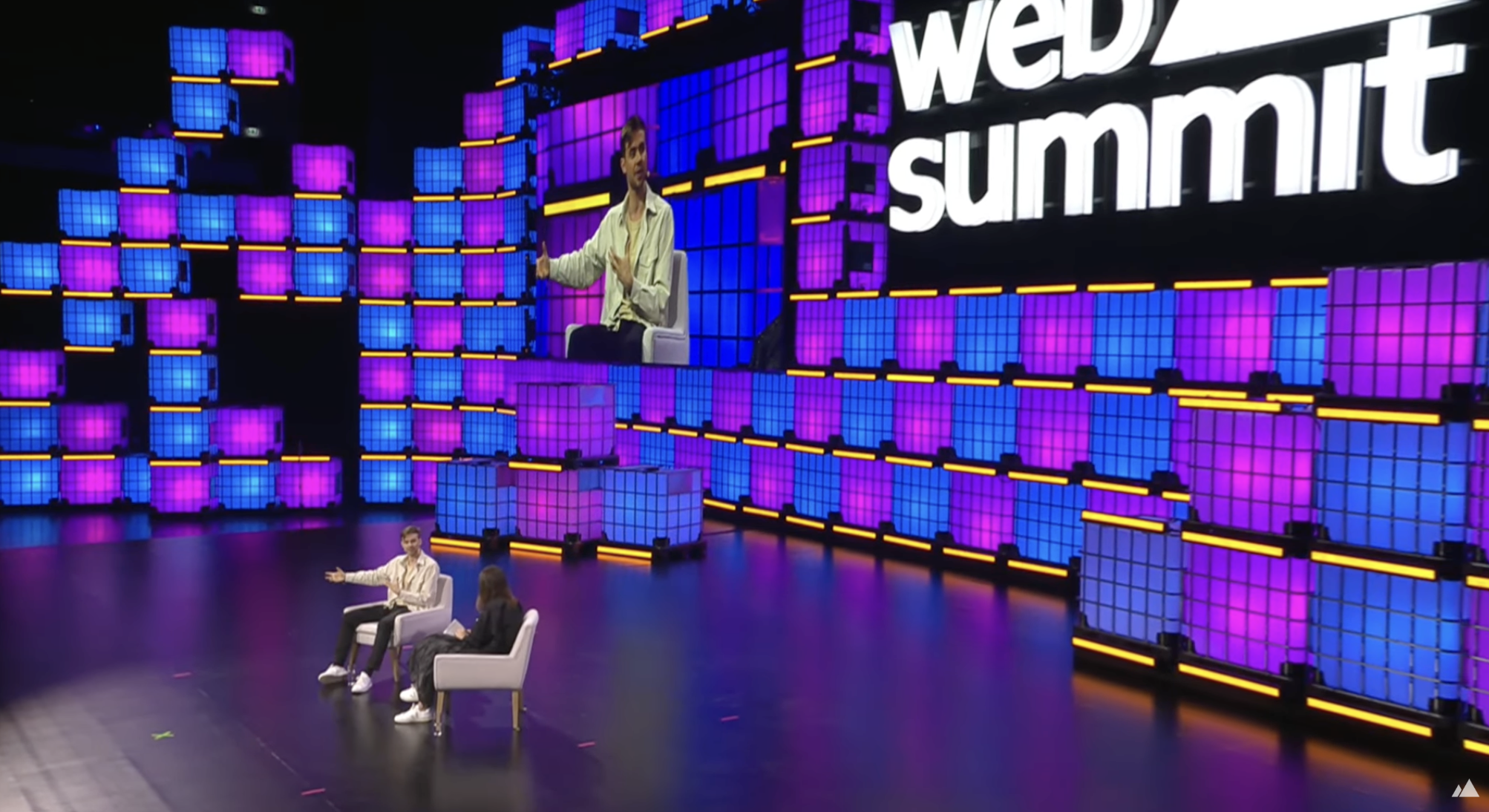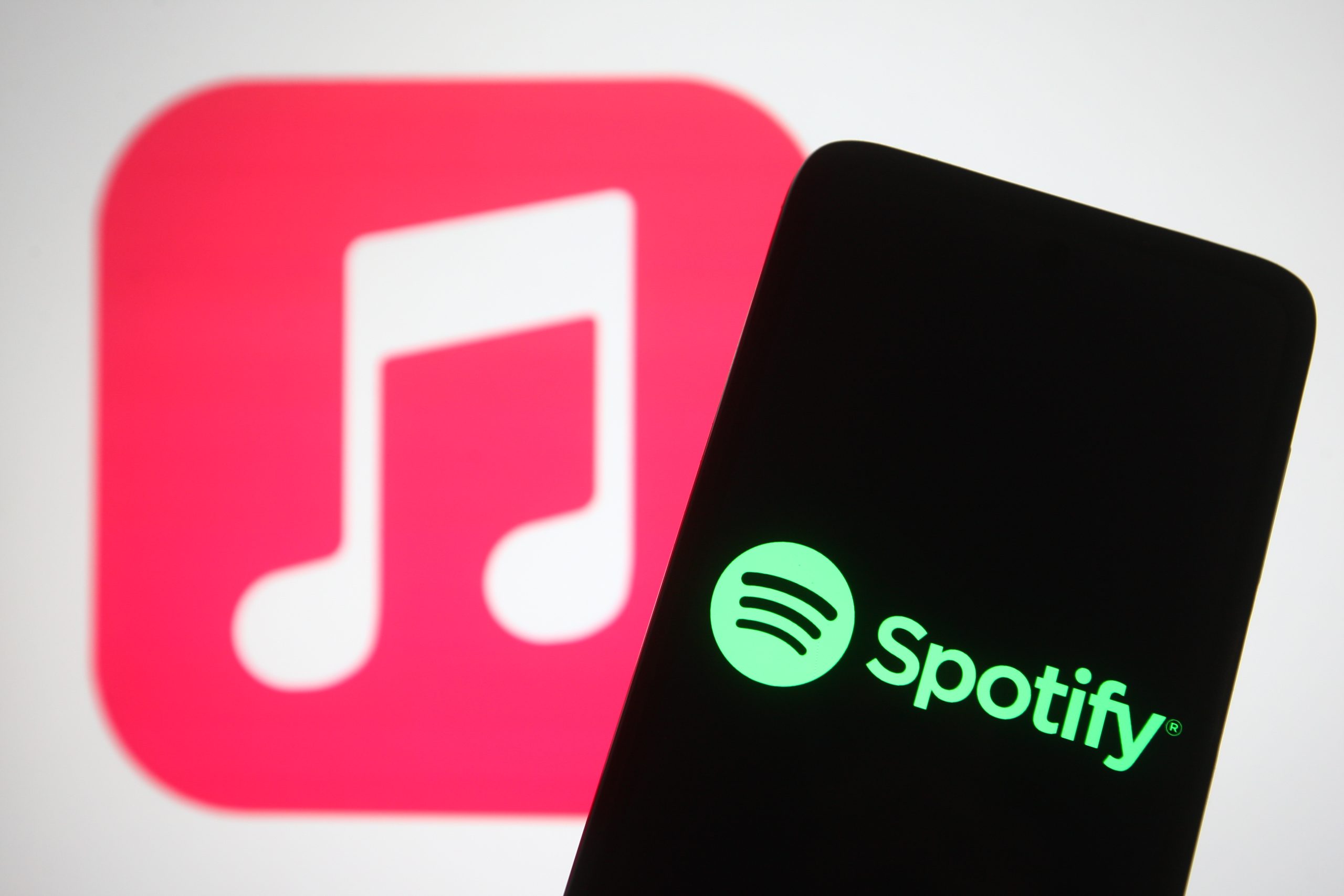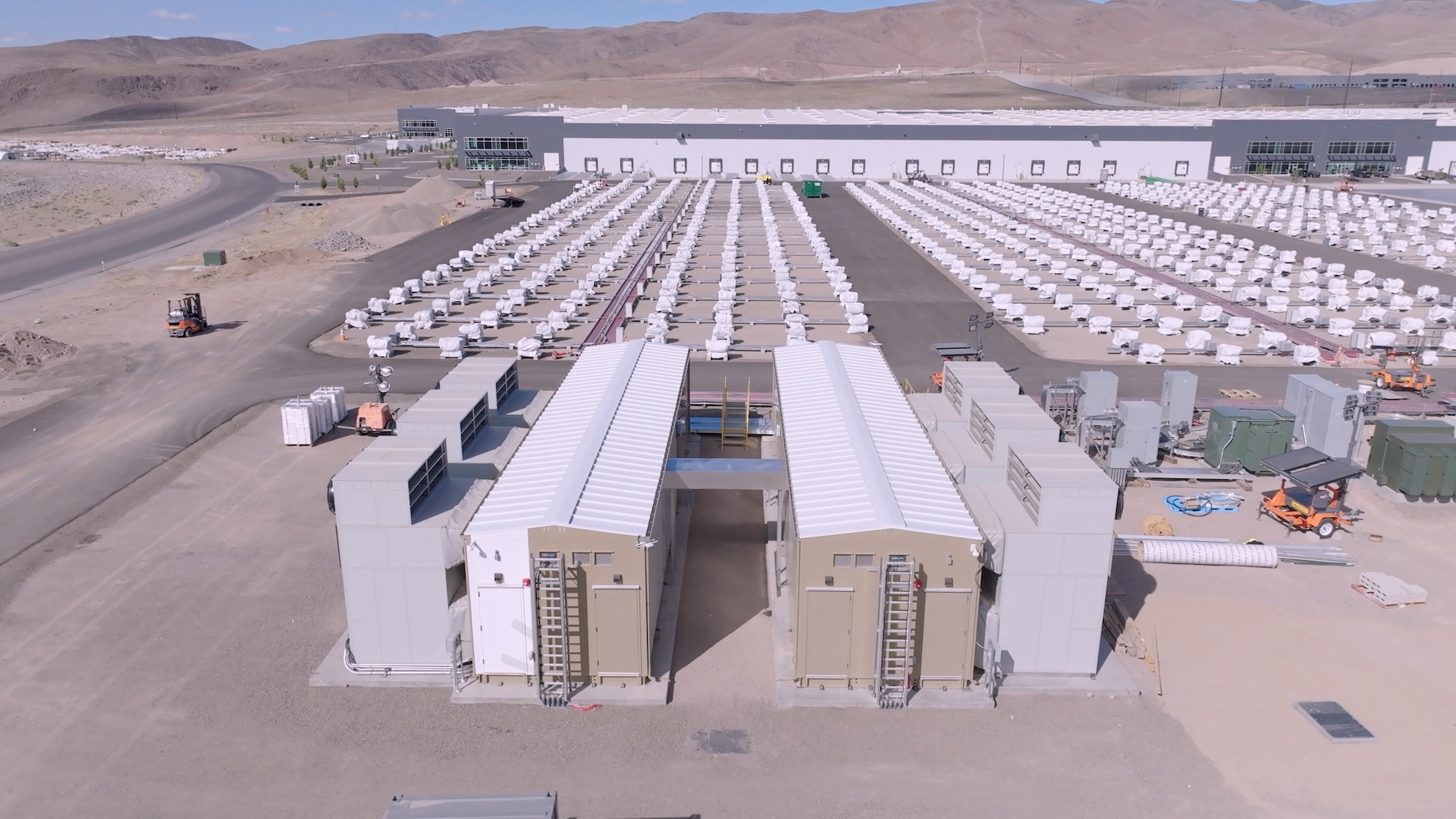
Stockholm-based Lovable, a pioneering artificial intelligence platform for software development, is rapidly approaching a significant milestone of 8 million users, marking an extraordinary period of expansion for the year-old startup. This impressive surge, revealed by CEO Anton Osika during a recent discussion, represents a substantial leap from the 2.3 million active users reported just last July. The company also states that its platform facilitates the creation of 100,000 new products daily, underscoring its profound impact on the burgeoning field of AI-assisted coding.
The Dawn of AI-Driven Development
Lovable operates within the rapidly evolving domain often referred to as "vibe coding" or AI coding, which leverages advanced generative AI models to enable users, regardless of their technical proficiency, to build functional software applications. This paradigm shift moves beyond traditional coding, where developers meticulously write lines of code, to an environment where natural language prompts and intuitive interfaces guide AI in generating and refining software. The underlying philosophy is to democratize software creation, making it accessible to the vast majority of individuals who possess innovative ideas but lack formal programming skills.
The journey toward AI-assisted coding has been incremental, evolving from early integrated development environment (IDE) features like intelligent code completion and syntax highlighting, which merely aided human programmers. The true acceleration began with the advent of large language models (LLMs) and their application in code generation. Tools like GitHub Copilot, launched in 2021, demonstrated the potential for AI to suggest and even write significant portions of code. Lovable’s origin story itself is rooted in this open-source movement; it emerged from GPT Engineer, an open-source tool developed by Osika that quickly gained viral traction among developers. Osika’s realization that the true market lay with the 99% of people who don’t know how to code spurred the transition from an open-source project to a venture-backed enterprise aimed at reimagining software construction for a broader audience. This shift represents a broader trend of leveraging open-source innovation as a springboard for commercial ventures, allowing initial community validation to inform product-market fit.
Unprecedented Financial Momentum and Investor Enthusiasm
Lovable’s swift user acquisition has been mirrored by its financial milestones. To date, the company has secured a total of $228 million in funding, including a substantial $200 million Series A round concluded just last summer, which propelled its valuation to an impressive $1.8 billion. Such valuations are indicative of the intense venture capital interest in generative AI startups, where investors are eager to back companies perceived as leaders in transformative technologies. The market is currently experiencing a gold rush for AI capabilities, with significant capital flowing into firms that promise to disrupt established industries or create entirely new ones.
Recent speculation, reportedly originating from investor circles, suggests that new backers are eyeing an investment at a staggering $5 billion valuation. While Osika refrained from commenting on future fundraising plans, he emphasized that Lovable is not currently constrained by capital, suggesting a strong cash position and strategic independence. The rapid appreciation in valuation reflects both the perceived potential of Lovable’s technology and the broader market’s appetite for high-growth AI companies, even amidst an economic climate that has shown caution in other tech sectors. However, such valuations also invite scrutiny regarding their sustainability and whether the underlying business fundamentals can support such ambitious figures in the long term.
Beyond user counts and valuations, Lovable also publicly announced achieving $100 million in annual recurring revenue (ARR) by June. This metric is a critical indicator of a software-as-a-service (SaaS) company’s health and growth trajectory, signaling strong customer adoption and consistent revenue streams. The speed at which Lovable reached this ARR milestone further solidified its status as a fast-rising star in the tech landscape.
Navigating the Hype Cycle: Questions of Sustainability
Despite these impressive figures, the sustainability of the "vibe coding boom" has drawn analytical attention. A research note from Barclays last summer, corroborated by Google Trends data, highlighted a decline in traffic to some of the most prominent AI coding services, including Lovable and Vercel’s v0, after they peaked earlier in the year. Specifically, Barclays analysts reported a 40% drop in traffic to Lovable by September. This observation prompted questions among investors and industry watchers about whether the initial surge in interest for app/site vibe coding had reached its zenith or was merely experiencing a temporary lull before renewed growth.
This pattern is not uncommon in the tech world, particularly for products that generate significant initial hype. Early adopters, often drawn by novelty and innovative features, might explore a new tool intensely before their usage patterns stabilize or shift. The dip in traffic could indicate a transition from experimental, casual use to more focused, project-based application, especially as enterprise adoption typically follows a slower, more deliberate curve than individual developer curiosity. Moreover, the initial excitement around any new technology often leads to a "trough of disillusionment," as described in Gartner’s Hype Cycle, where expectations realign with practical applications after the initial frenzy.
However, Osika countered these concerns by asserting that user retention remains robust. He cited a net dollar retention rate exceeding 100%, a crucial metric indicating that existing users are not only staying with the platform but are also increasing their spending over time. This suggests that while new user acquisition might fluctuate, the core user base finds increasing value in Lovable’s offerings, potentially upgrading to more comprehensive plans or expanding their usage within their organizations. High net dollar retention is often considered a stronger indicator of long-term business health than raw user growth alone, particularly for SaaS models, as it points to deep product engagement and customer loyalty.
Democratizing Creation: Impact on Users and Industry
Lovable’s eclectic user base underscores its broad appeal and transformative potential. According to Osika, over half of Fortune 500 companies are leveraging Lovable to "supercharge creativity" within their organizations, signaling a significant move towards integrating AI-powered development into corporate workflows. This adoption by large enterprises highlights the platform’s capacity to streamline prototyping, accelerate innovation cycles, and potentially reduce reliance on traditional, time-intensive development processes.
Simultaneously, the platform empowers individuals and small teams in remarkable ways. Osika shared anecdotes of an 11-year-old in Lisbon constructing a Facebook clone for his school, and a Swedish duo generating $700,000 annually from a startup launched on Lovable just seven months prior. These stories exemplify the platform’s social and cultural impact, breaking down traditional barriers to entry in software creation and fostering a new wave of digital entrepreneurship. The ability for non-technical individuals to rapidly bring ideas to fruition democratizes access to innovation, potentially shifting the landscape of who can build and deploy digital products. Osika attributes much of this success to what he describes as a "Swedish design sensibility"—a focus on simplicity, intuitiveness, and user-friendability that ensures the platform "just works" for a diverse range of users. This emphasis on user experience is critical for mass adoption, particularly among those unfamiliar with the complexities of coding.
Addressing Critical Challenges: Security and Competition
Despite the promise of accelerated development, the "vibe coding" sector faces critical challenges, particularly concerning security. Osika acknowledged a recent incident where an application built with AI coding tools inadvertently exposed 72,000 images, including sensitive GPS data and user IDs. Such vulnerabilities underscore the inherent risks of automating code generation, where potential security flaws might be introduced at scale or overlooked in the pursuit of speed. The rapid iteration inherent in AI-driven development can sometimes outpace robust security auditing, making it a critical area of focus for platform providers.
In response, Lovable is proactively addressing these concerns by rapidly expanding its security engineering team. Osika stated that his ultimate goal is to make building with Lovable "more secure than building with just human-written code," a bold aspiration given the complexity of modern cybersecurity. The platform now incorporates multiple security checks prior to deployment, though Osika responsibly advises users developing sensitive applications—such as banking software—to engage specialized security experts, mirroring best practices in traditional development. This pragmatic approach acknowledges the current limitations of automated security while striving for enhanced safeguards.
The competitive landscape also presents a nuanced challenge for Lovable. The company’s platform relies on foundational AI models from industry giants like OpenAI and Anthropic. However, these very same companies have begun releasing their own coding agents and development tools, creating a complex dynamic where suppliers also act as competitors. Osika maintains a decidedly collegial stance, viewing the market as expansive enough for multiple successful players. He emphasized his focus on "unlocking more human creativity and human agency" and driving change so that anyone with good ideas can build businesses, regardless of who facilitates it. While this perspective contrasts with the often-fierce competition in the tech industry—evidenced by Osika’s past social media exchanges with Amjad Masad of competitor Replit—it reflects a strategic decision to concentrate on developing the "most intuitive experience for humans" rather than obsessing over rivals. This strategy prioritizes user-centric design and platform accessibility as key differentiators.
The Vision: "The Last Piece of Software"
Osika articulated Lovable’s ambitious mission: to build "the last piece of software." This vision encompasses a holistic platform where every aspect of a product organization’s needs—from understanding user requirements to deploying mission-critical features—can be managed through a single, intuitive interface. This comprehensive approach aims to integrate and simplify the entire software development lifecycle, moving beyond just code generation to encompass product management, testing, and deployment.
This philosophy aligns with modern product development methodologies, encapsulated by the popular phrase "Demo, don’t memo." Osika explained that companies now use Lovable to quickly prototype ideas and gather user feedback without the need for extensive documentation or lengthy presentations. This iterative, hands-on approach allows organizations to test concepts with early users, validate market fit, and make informed decisions before committing substantial resources, thereby accelerating innovation and reducing development risk. It signifies a cultural shift from rigid planning to agile experimentation, driven by the immediate feedback loops enabled by AI-powered prototyping.
Beyond the technological vision, Osika also offered insights into his leadership philosophy, which deviates from the often-intense "hustle culture" prevalent in Silicon Valley. Despite leading a hyper-growth startup, Osika, a 30-something former particle physicist who was the first employee at Sauna Labs before founding Lovable, appeared at ease, dressed simply. He emphasized a mission-driven culture where team members are deeply invested in their work but maintain a healthy work-life balance. He noted that many of his best team members are parents who value their time outside of work, pushing back against the notion that success requires relentless, unsustainable hours. While acknowledging that startup life inherently demands more effort than many other jobs, his focus on a sustainable, mission-aligned work environment reflects a broader trend toward prioritizing employee well-being and long-term engagement.
Lovable stands at a pivotal juncture, demonstrating remarkable growth and attracting significant investment, while simultaneously navigating the inherent challenges of a nascent, rapidly evolving industry. Its trajectory will be a key indicator of the long-term viability and transformative power of AI-powered software development.





